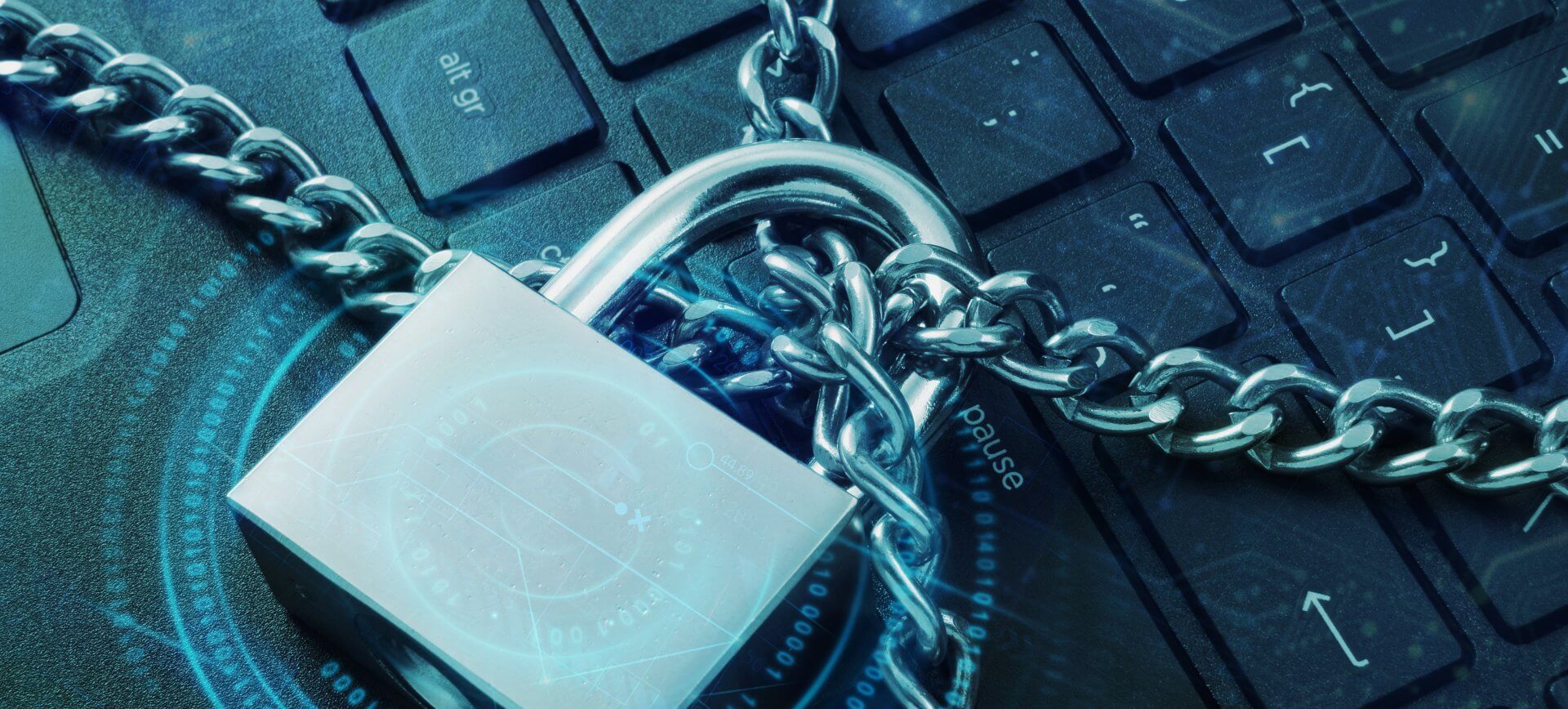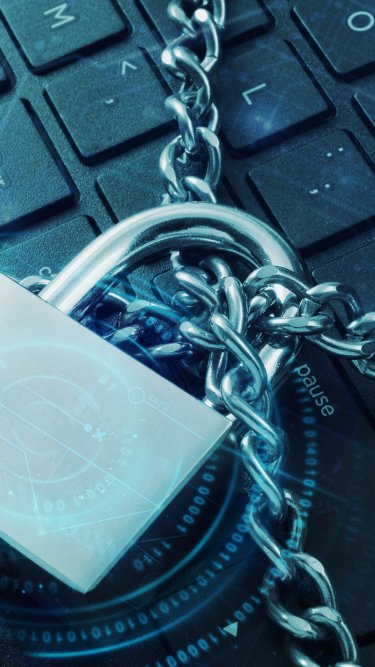Overview
Comprehensive support for ransomware defence
While completely preventing ransomware attacks is nearly impossible, strategic steps can help to neutralise them and mitigate their potential damage and disruption.
Kroll provides ransomware preparedness assessments to identify and track down any vulnerabilities that ransomware actors could exploit.
Kroll’s ransomware assessments enable your organisation to reduce the potential harm of ransomware attacks by examining 14 crucial security areas and attack vectors. This allows you to build smarter defences, close exploitable gaps, better safeguard sensitive data and more quickly respond and recover from an attack.
Our methodology focuses on the cyber kill chain, including remote access configuration, phishing prevention, email and web protections, access controls, endpoint monitoring and end user awareness. This gives you a tailored set of recommendations to enable your organisation to deflect, detect or respond to ransomware.
Service features
Expert ransomware preparedness services
Our ransomware preparedness services include:
Critical security areas
The 14 critical security areas
Kroll’s ransomware preparedness assessment helps your organisation avoid ransomware attacks by examining 14 crucial security areas and attack vectors. These include:
Get a quote
Contact UsFAQ
Ransomware Preparedness Assessment FAQs
- What is ransomware?
-
Ransomware is a form of malware designed to cause widespread disruption by infecting multiple systems on a network, locking down machines and demanding a ransom for their return or decryption.
- What is ransomware preparedness?
-
Ransomware preparedness is the strategy an organisation takes to protect itself against ransomware attacks. An effective approach combines fundamental security practices with customised strategies developed through a ransomware preparedness risk assessment.
- How can an assessment help to neutralise and mitigate ransomware attacks?
-
A strategic ransomware assessment helps your organisation to avoid ransomware attacks by evaluating a range of crucial security areas and attack vectors. This allows you to build smarter defences, close exploitable gaps, better safeguard sensitive data and more quickly respond to and recover from an attack. A high-quality preparedness assessment should also give you a tailored set of recommendations to enable your organisation to deflect, detect or respond to a ransomware attack in the future.
- What’s involved in a ransomware risk assessment?
-
An effective ransomware preparedness assessment will first focus on controls, processes and technology solutions to reduce the likelihood of attacks. This includes steps such as analysing firewall and network device configurations for security weaknesses, reviewing user activity logging and audit configurations and reviewing access and privileged access controls. It should also involve assessing the secondary measures an organisation has in place to defend against email-based attacks.
- How long does a ransomware risk assessment take?
-
Each organisation has its own unique risk profile, so the duration of your ransomware risk assessment will vary accordingly. A good risk assessment provider will provide an estimate of potential duration with you as part of the scoping stage. This will ensure that the assessment provides the best results while minimising organisational disruption.
- What initial steps can companies take to protect themselves against ransomware?
-
While completely preventing ransomware attacks is nearly impossible, security and risk management professionals can take proactive steps to neutralise them or mitigate the damage they can cause. Basic cyber hygiene remains fundamental. A key aspect of this is accurately and regularly documenting the entire configuration of networks.
Organisations should build on this with six key security steps which can deliver immediate layers of protection from ransomware:
- Implement least privilege policies for data/system access
- Delete unused email addresses
- Enforce robust password policies
- Implement multifactor authentication
- Create, update, segregate and protect viable backups
- Whitelist safe applications
- Accurately map network configurations
About Us
Why choose Kroll?
- Flexible, on-demand services
- Recognised by CREST and the PCI Council
- Global team of cyber risk experts
- >3,200 security incidents responded to every year
Get in touch
Complete the form for a prompt response from our team.

Resources








